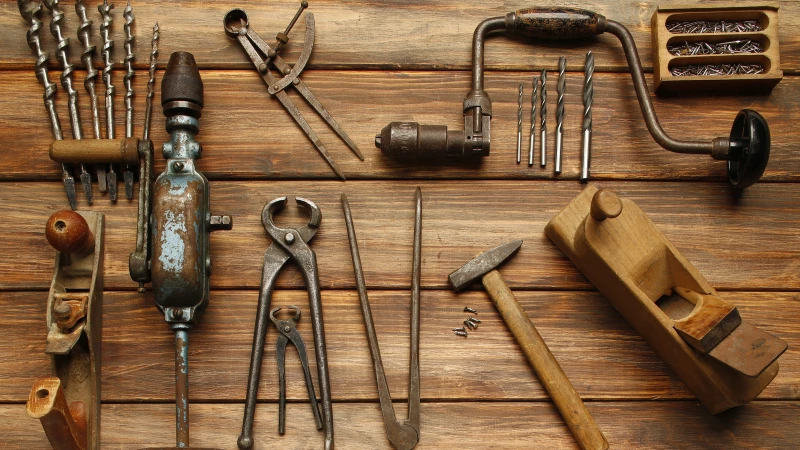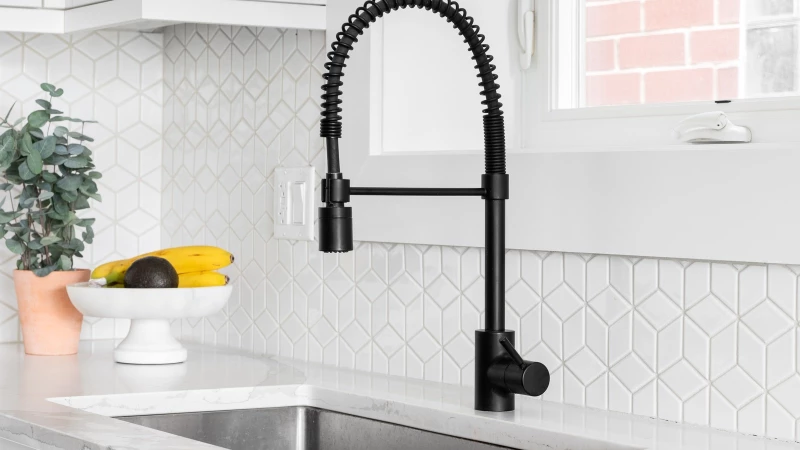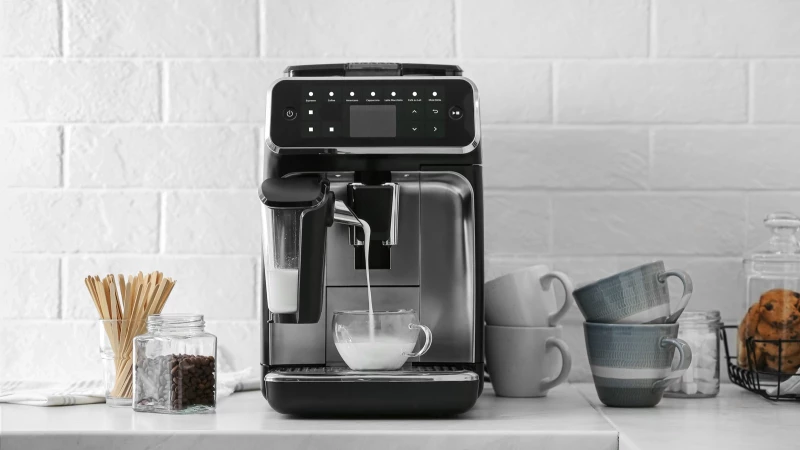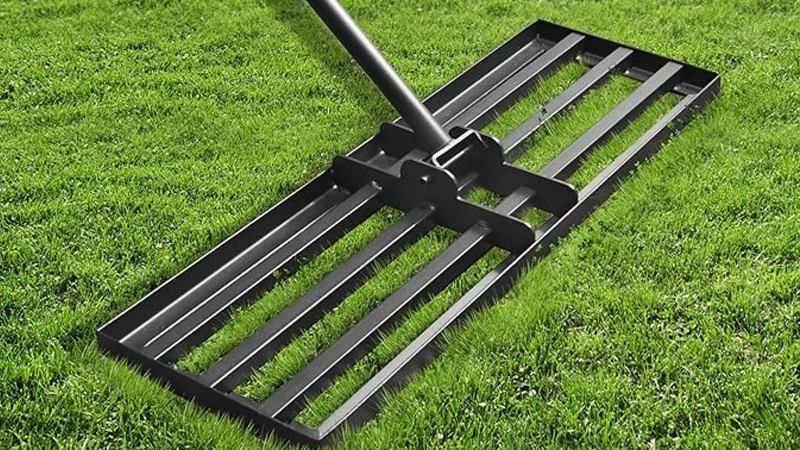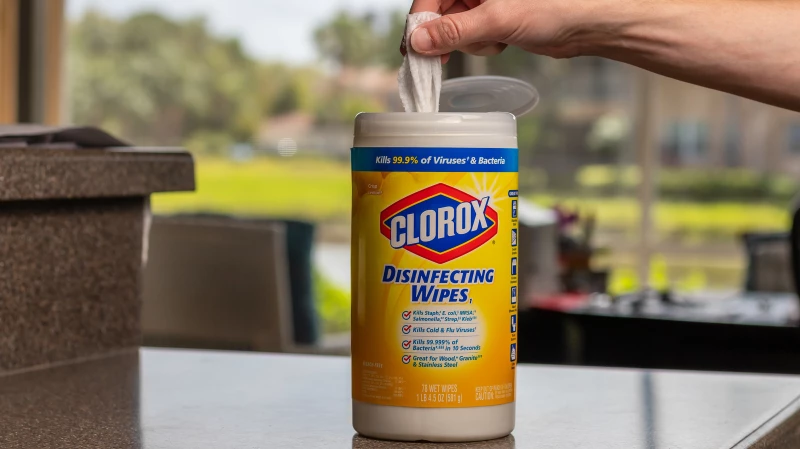Discover the Most Valuable Vintage Tools
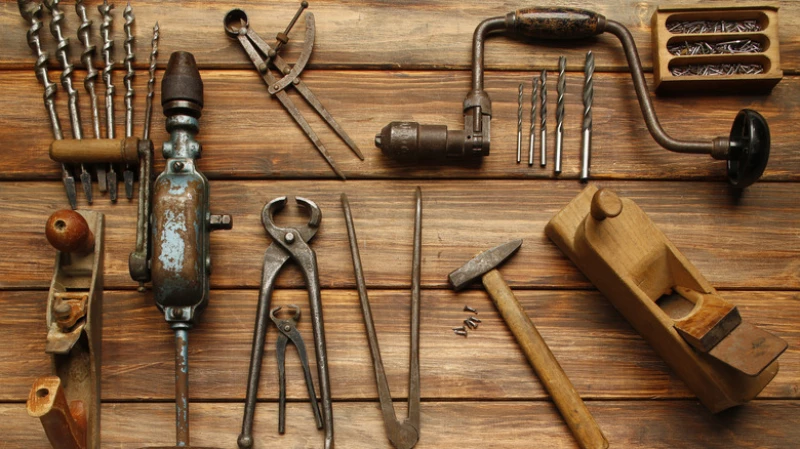
Valuable antiques go far beyond the interior of your home. While many people spend time venturing around markets for antique decor or cleaning up ornate, handed-down furniture that'll soon get a place in their house, these aren't the only impressive finds you should seek out or the only possible high-value items that might already be in your possession. Your garage and shed might have a whole host of hidden treasures that are just as valuable — if not more so.
The unassuming saws, precision tools, and specialty bits from decades past that are collecting dust in old toolboxes and on shelves may be worth a lot of money. Even if you rely on a newer set of tools for repairs around your home, determining what types of vintage tools you own and their current value can pay off. If you're a fan of handiwork, renovations, and building, you should know which vintage tools are good quality and decent enough to replace your shiny new power tools. Here's what to know about antique and vintage tools, including which are worth most and if they are better than modern options.
Before you scour your garage for that old tool set or hunt for some antique tools, it's worth noting that not every old tool is worth large sums of money. It depends largely on the condition and type of tool. Unfortunately, popular items like hammers and screwdrivers (which are easy to get today and just as good) won't sell for much. It also depends on your goal. If you're looking to sell antique tools, collectors are most interested in rare items with specialty uses or have been crafted with exceptional attention to detail (think fancy handles and gorgeous design work).
If you're after antique tools to use instead of modern versions, tools made before the 20th century are a good investment because they were made domestically from quality materials such as wrought iron and leather, leading to better dependability and longevity. Condition matters too. Broken, rusty tools aren't very useful. However, leave any patina in place, as it's often regarded as desirable. Patina hints at the tool's age and helps keep blades, ends, handles, and bits protected.
Back in the day, craftsmen had the skill to create top-notch tools using high-quality materials. They passed down this knowledge and emphasized the importance of quality to others. Unlike today, where the focus is often on mass production at lower costs. Brands are under pressure to cut corners, leading to a compromise in material quality. So, while the allure of buying the latest shiny tools may be strong, there's value in holding onto well-maintained vintage tools that could outshine newer models.
If you discover that your old tools hold little monetary value or are no longer functional, fear not. There are plenty of creative ways to repurpose them into practical items for your home or outdoor space. Whether it's transforming them into a bird feeder or incorporating them as decorative art pieces, the possibilities are endless.

